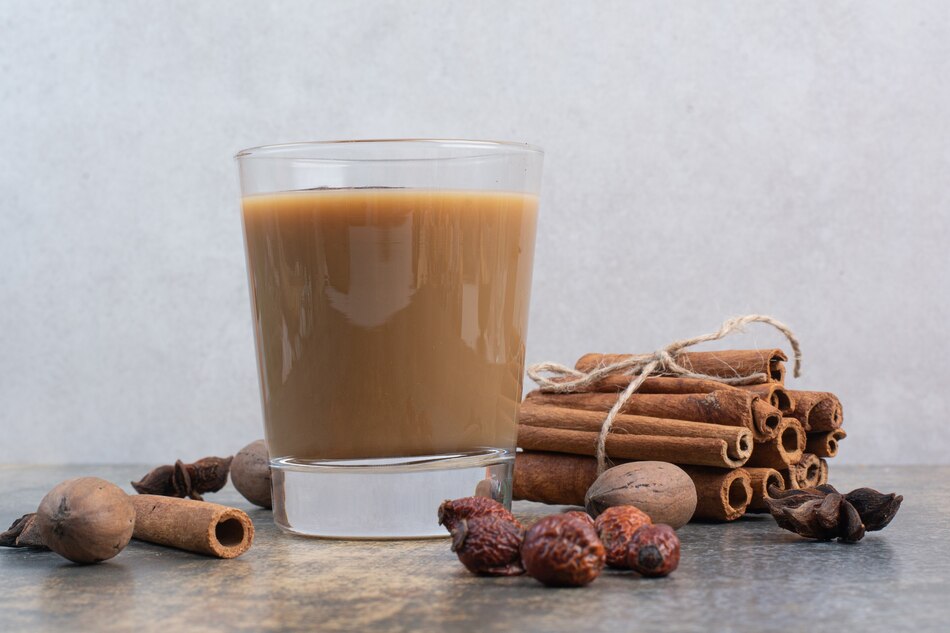Tea, the world’s second most consumed beverage after water, offers an astonishing variety of flavors, aromas, and health benefits. Originating from the Camellia sinensis plant, the differences in tea types arise from how the leaves are processed after harvesting. This guide delves into the main categories and types of tea, providing a window into the complex and diverse world of this beloved beverage.
The Main Categories of Tea
Tea can be broadly classified into six main categories: White, Green, Oolong, Black, Pu-erh, and Herbal. Each category has its unique processing methods, flavor profiles, and health benefits.
- Green Tea: Characterized by its fresh, grassy flavor, green tea is processed to prevent oxidation, preserving its natural green color and antioxidants. Notable varieties include Sencha, Matcha, and Longjing, each offering distinct tastes and textures.
- Oolong Tea: Oolong tea, with its wide range of flavors, is partially oxidized, placing it between green and black teas. This category includes light, floral varieties like Tieguanyin and darker, more robust types like Da Hong Pao.
- White Tea: Known for its delicate flavors and minimal processing, white tea involves drying and withering the tea leaves. Popular types include Silver Needle and White Peony, which are prized for their subtle sweetness and gentle floral notes.
- Black Tea: Fully oxidized, black tea is known for its bold flavors and dark color. Famous black teas include Assam, Darjeeling, and Earl Grey, each offering a unique taste profile from malty to citrusy.
- Pu-erh Tea: A fermented type of tea, Pu-erh is aged and can come in raw (Sheng) or ripe (Shou) forms. It’s known for its earthy flavor and potential health benefits, including aiding digestion.
- Herbal Tea: Technically not a true tea, as it doesn’t come from the Camellia sinensis plant, herbal tea includes infusions made from herbs, fruits, seeds, or roots. Examples include chamomile, peppermint, and hibiscus teas, each with its health-promoting properties.
Lesser-Known Tea Types
Beyond the main categories, the world of tea includes several lesser-known types of tea that tea enthusiasts might find intriguing:
- Yellow Tea: Similar to green tea but with a slower drying phase, resulting in a mild taste and a slightly yellow hue. Junshan Yinzhen is a notable example.
- Purple Tea: Grown predominantly in Kenya, purple tea contains anthocyanins, giving the leaves a unique purple color and offering distinct health benefits.
Factors Influencing Tea Flavor and Quality
The flavor and quality of tea are influenced by several factors, including:
- Harvest Time: The season and time of day when the tea leaves are picked can influence the tea’s taste and aroma.
- Terroir: The climate, soil, and altitude where the tea is grown can significantly affect its flavor profile, much like in wine production.
- Processing Methods: The specific techniques used in drying, rolling, oxidizing, and fermenting the tea leaves play a crucial role in defining the tea’s character.
Brewing the Perfect Cup
To fully appreciate the nuances of each tea type, proper brewing is essential. This involves paying attention to water temperature, steeping time, and the tea-to-water ratio, which can vary significantly between different tea types.
Conclusion
The world of tea is rich and diverse, offering a spectrum of flavors and experiences that cater to every palate. Whether you prefer the delicate nuances of white tea, the refreshing qualities of green tea, the complex flavors of oolong, the robustness of black tea, the unique characteristics of Pu-erh, or the soothing nature of herbal infusions, there’s a type of tea out there for everyone. Exploring the various categories and types of tea can be a rewarding journey, one cup at a time, revealing the depth and diversity of this ancient and revered beverage.








Leave a Reply